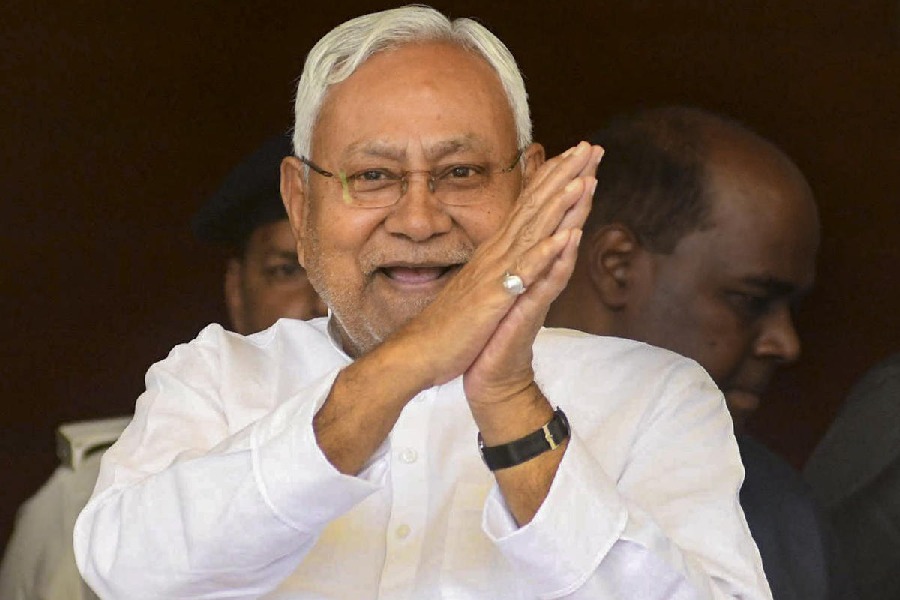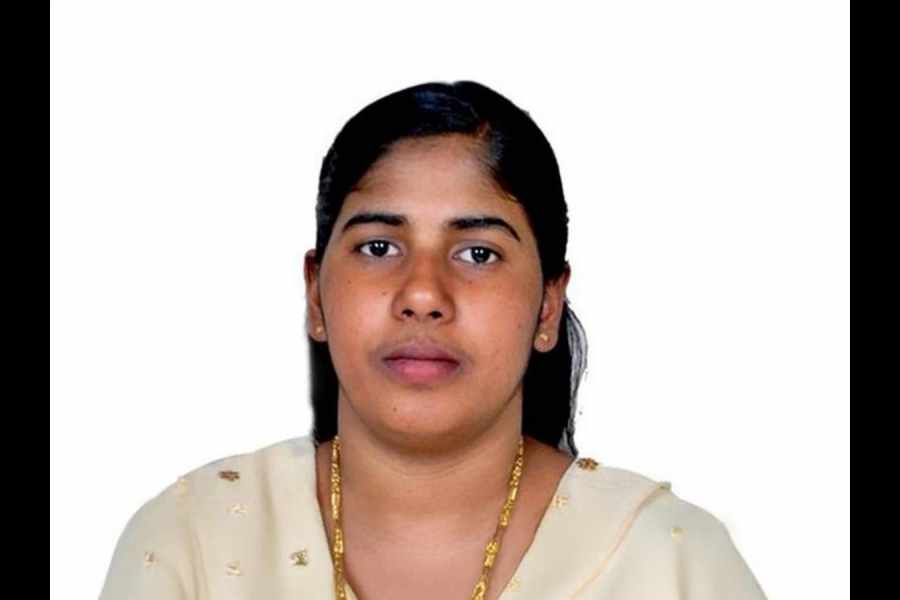 |
Every individual has some financial goals and savings and investments are the means to achieve them.
However, simply saving in risk-free, low-earning assets won’t help. Between 1985 and 2006, the annual return from bank fixed deposits, the safest instrument, was 10.40 per cent, while the annual rate of inflation has been 6.80 per cent. If one tags the income tax liability along with the inflation rate, one will find that the money saved is far less than what is required for major expenses such as child’s higher education, daughter’s marriage, buying a house and life after retirement.
Hence, people need to invest at least part of their savings in instruments such as equities, directly or through mutual funds, which involve a higher risk but also fetch a higher return. This way one can beat inflation and at the same time save enough to meet financial goals.
One’s financial planning for savings and investments must be tuned to one’s future liabilities.
But what happens to the family in the case of a sudden death of the bread-earner? All the savings and investments fall apart. To protect the family from such mishaps, life insurance is an obvious solution.
Separated at birth
Till the introduction of market-linked insurance plans (Ulips) a few years ago, life insurance and investments were separate instruments. However, since 2000, Ulips comprise over 80 per cent of the annual life insurance policy sales in the country.
While Ulips, which combined the features of mutual funds with life cover, showered big bucks on life insurance companies, mutual fund houses complained about insurers encroaching their territory.
However, these fund houses are now doing their bit by offering group term assurance cover to investors of systematic investment plans (SIP) in growth schemes.
Early bird
DSP Merrill Lynch is the first fund house to offer a free-of-cost term assurance cover to investors signing up for long-term systematic investment plan. The Super SIP was launched in August 2005 for a limited time period and is not available to new investors.
However, DSP showed the way for other fund houses. Kotak Mutual Fund came up with its Star Kid plan in December 2007.
Under the scheme, an investor who signs up for an SIP of 5 years to 20 years in Kotak 30, Kotak Opportunities or Kotak Tax Saver for a minimum monthly instalment of Rs 1,000, gets a term assurance cover.
If the investor dies during the term of the SIP, the insurance company will pay the unpaid instalments to the mutual fund. The mutual fund, in turn, will pay the money to the child nominee of the unit holder. If the investor dies within a year, the insurance will be only 10 times the monthly instalment amount.
For example, if a person selects a 10-year SIP in Kotak 30 for a monthly instalment of Rs 10,000 and dies after paying six instalments, the son or the daughter, who has been declared nominee, will get Rs 1,00,000 (= Rs 10,000 x 10) as the insurance benefit. He or she can also withdraw the sum accumulated on Rs 60,000 (= Rs 10,000 x 6) already invested by you. But if the person dies after paying 12 instalments, the nominee will get Rs 10,80,000 (= Rs 10,000 x 108) as insurance benefit plus the accumulated investment. However, premature redemption of units will attract an exit load.
Other caveats in the Kotak plan are that the insurance benefit goes only to the child of the first account holder and the child has to be declared as a nominee. One can also nominate a legal guardian if the child is a minor.
Second, the maximum age of the investor should not be more than 45 years. Investors below 23 years and above 45 years won’t get the insurance coverage under the Star Kid plan. This is so because, the maximum age till when the insurance benefit accrues under this plan is 50 years and the minimum SIP term for availing the cover is 5 years.
Moreover, unlike others, Kotak Mutual Fund does not offer this life insurance free of cost. Those opting for the Star Kid facility will have to pay an entry load of 3.25 per cent compared with 2.25 per cent if one doesn’t want the insurance cover.
List gets longer
However, two more fund houses — Birla Sun Life Mutual Fund and Reliance Mutual Fund — came up with their Century SIP and SIP+Insure plans, respectively, in June this year, offering a free-of-cost life insurance cover for investors signing up for long-term SIPs. Both fund houses bear the cost of insurance themselves and investors don’t have to pay anything extra for the add-on facility. The only restriction is that while seeking redemptions, full or part, or switching from one scheme to another during the term of the SIP, one has to part pay an exit load of 2 per cent, except for in the event of death of the unit holder.
While the minimum monthly instalment for a Birla Sun Life Century SIP is Rs 1,000, it is Rs 2,000 for Reliance Mutual Fund’s SIP+Insure option. Century SIP has a maximum insurance cover of Rs 20 lakh compared with Rs 10 lakh for SIP+Insure facility of Reliance Mutual Fund.
The calculation of the insurance benefit also works differently for the two plans. In the case of Reliance Mutual Fund’s SIP+Insure, the insurance benefit works in a manner similar to that of Kotak MF’s Star Kid plan, that is, the insurance cover is equal to the unpaid monthly instalments. But in the case of Birla Sun Life Century SIP, the insurance cover remains flat at 100 times the monthly instalment amount after the investor has paid the instalments for the first three years. It is 10 times the monthly instalment during the first year and 50 times in the second year.
Be it through a Ulip or a mutual fund with a life cover, investors now have the option to get their life insurance and investment needs met by a single product.










